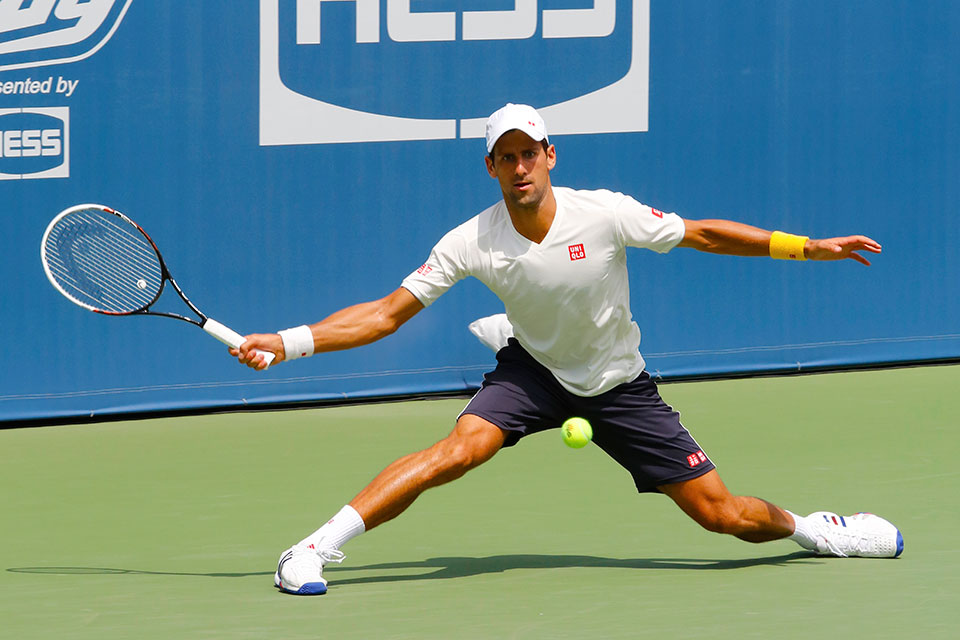Parent Resources
How did the Top 100 ATP Tennis Players Succeed: An Analysis of Player Rankings

Summary
Achieving a Top 100 ATP ranking is crucial for professional tennis players, facilitating entry into major tournaments and offering significant financial rewards. The pathway involves structured training, competition, and funding, with an average age of 21.96 years for players to reach this milestone. The study analyzes ranking milestones and the time it takes to progress through them, revealing that top players achieve rankings significantly earlier than their peers.
Highlights -🏆
- Top 100 Importance: A Top 100 ATP ranking is key for tournament access and financial benefits.
- Funding Needs: Developing athletes requires considerable investment from federations and academies.
- Age Milestones: Average age to reach Top 1000 is 18; Top 100 is 21.96.
- Tennis Evolution Time: It takes about 4 years to move from Top 1000 to Top 100.
- Global Representation: 36 countries have players in the Top 100, with Europe dominating.
- Junior Success: Junior rankings are correlated but not definitive predictors of senior success.
- Player Longevity: Average age of Top 100 players is 27.9, indicating extended careers.
Key Insights -📊
- Investment in Development: Countries invest millions annually in player development, highlighting the sport’s financial demands. This underscores the necessity for strategic allocation of resources to nurture future champions.
- Ranking Milestone Significance: The age at which players achieve specific rankings correlates with their future success. Those reaching Top 100 earlier tend to maintain higher rankings, indicating a crucial developmental window.
- Comparative Analysis: Top 10 players reach rankings significantly earlier than the general Top 100, emphasizing the competitive edge gained through early achievement. This could inform training strategies for aspiring players.
- Athlete Longevity vs. Ranking: Despite the average age of Top 100 players being 27.9, many started achieving high rankings in their late teens, suggesting that early success can lead to prolonged careers at the top level.
- Global Tennis Landscape: The increase in global representation in the Top 100 indicates a broadening of talent pools and competitive dynamics. This could affect how countries approach talent identification and training.
- Transition Challenges: The transition from junior to professional tennis remains complex, with junior success not guaranteeing senior-level achievements. This points to the need for better support systems during this critical phase.
- Data-Driven Decisions: Utilizing ranking data for strategic decisions can enhance training and funding allocation, ensuring a more effective pathway for developing tennis talent.

Continue Reading










You must be logged in to post a comment Login